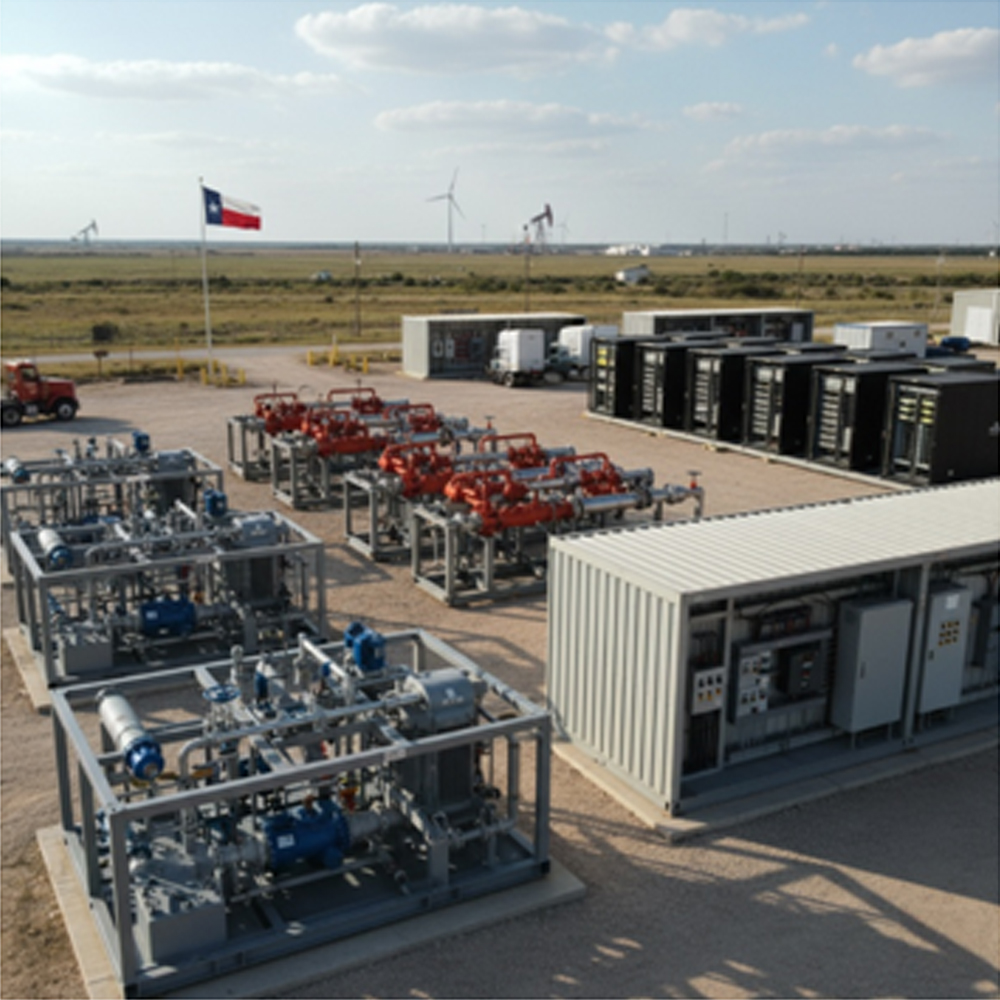Texas continues to lead the U.S. in industrial construction, from high-tech manufacturing to data centers and energy facilities. Yet with labor shortages, cost pressures, and fast-track timelines, project managers are under more stress than ever to deliver smarter and faster. Enter prefabrication and modular construction.
But here’s the catch: prefab only works when design and coordination are airtight. That’s where BIM (Building Information Modeling) becomes the cornerstone of success.
In this blog, we’ll break down how BIM enables prefab wins across Texas industrial projects, and why it’s the hidden driver behind streamlined delivery, reduced rework, and safer job sites.
The Rise of Prefab in Texas Industrial Construction
The Lone Star State is experiencing a prefab boom. Industrial projects from Houston to Austin are using prefabricated mechanical skids, modular electrical rooms, pre-piped pump assemblies, and data-ready telecom racks.
Why the shift? A few reasons stand out:
- Labor constraints: Skilled trades are in short supply, prefab reduces onsite labor demands.
- Schedule acceleration: Offsite assembly happens in parallel with site work.
- Site conditions: Remote or space-constrained industrial sites benefit from reduced field congestion.
- Cost control: Fewer delays and change orders mean more predictable budgets.
But none of this works without precise coordination, and that’s where BIM makes or breaks the process.
Why BIM Is Critical for Prefab Success

Prefabrication requires a “build-before-you-build” approach. BIM provides the digital environment to plan, model, validate, and sequence prefab-ready components long before materials hit the field.
Here’s what BIM unlocks:
1. Trade-Specific Modeling at Fabrication Level Detail
Prefab modules must be modeled with fabrication accuracy, down to hanger spacing, clearance zones, and connection points. Generic design models won’t cut it.
At Bay BIM Designs, we deliver LOD 350–400 models tailored for prefab. We coordinate across trades, mechanical, electrical, low voltage, and more, to ensure all systems are clash-free, dimensionally accurate, and ready for offsite assembly.
2. Clash-Free Coordination Across Systems
Modular assemblies can’t tolerate field fit issues. BIM allows multi-discipline models to be fully coordinated before fabrication begins, eliminating costly onsite adjustments.
In a recent Houston-area industrial project, our team identified over 200 system conflicts during pre-coordination. Resolving them before they hit the prefab shop saved weeks in rework and avoided scrap material waste.
3. Precise Documentation for Fabrication Shops
Prefab teams need more than just models, they need detailed spool drawings, isometrics, and material takeoffs derived directly from BIM.
We produce shop-ready documentation including:
- 2D fabrication sheets
- 3D isometrics of conduit or piping systems
- RCPs with elevation tags
- Connection detailing and anchor plans
This eliminates interpretation errors and enables smooth handoff to the shop floor.
4. Digital Sequencing and Field Install Planning
BIM isn’t just about geometry, it enables 4D (time) and 5D (cost) integration. For modular work, this means you can simulate installs, coordinate crane picks, and align trades weeks in advance.
In one Texas data center project, our BIM sequencing allowed trade contractors to install pre-racked network gear in just 2 days, a task that would’ve taken 2 weeks with traditional workflows.
Common Challenges, and How BIM Solves Them
Challenge: Prefab Modules Don’t Fit in the Field
Root cause: Poor field-to-model alignment or missing as-built conditions.
BIM Solution: We use site survey data and existing conditions modeling to ensure real-world alignment with digital prefabs.
Challenge: Late Design Changes Wreck Prefab Plans
Root cause: Teams build prefab assemblies before all trades are coordinated.
BIM Solution: We lock in routing and prefab zones through phased model releases. Trade-specific sign-offs reduce scope creep.
Challenge: Communication Gaps Between Design and Shop Teams
Root cause: Inconsistent file formats or lack of shop-ready visuals.
BIM Solution: We bridge the gap with fully annotated fabrication sheets, Revit exports, and model viewer packages compatible with shop software.
Texas-Specific Trends Driving BIM + Prefab
Industrial construction in Texas has unique characteristics that make BIM-driven prefab especially valuable:
- Massive facilities: Semiconductor plants, logistics hubs, and energy complexes require mega-coordination.
- Remote locations: West Texas sites face logistics and labor access issues, making offsite work a necessity.
Regulatory complexity: Energy and chemical facilities must meet strict safety and compliance guidelines, BIM helps document and verify before inspection.
Plus, Texas continues to lead the U.S. in private-sector industrial spending, making it fertile ground for prefab innovation.
Case Study: Prefab Win on a Texas Industrial Retrofit
We recently supported a retrofit of an operational manufacturing plant near Dallas. Our team was tasked with modeling and coordinating low voltage systems to be installed via modular cable trays.
Key outcomes:
- All trays were modeled to LOD 400, including support brackets and bend radii
- BIM coordination reduced on-site rework by 80%
- Prefab installation was completed 25% ahead of schedule
- Our deliverables enabled zero field RFIs from the low voltage trade
What Construction PMs Need to Know
Prefab success starts in the model. To enable it, project managers should:
- Engage BIM teams early to identify prefab opportunities
- Require LOD 350–400 models for prefab assemblies
- Set coordination deadlines aligned with shop release schedules
- Demand constructability reviews before final sign-off
Partnering with a BIM team that understands prefab workflows, not just software, makes the difference between costly change orders and seamless install.
Final Thoughts: Build Smarter, Build Sooner
Texas industrial projects don’t have time for “design-then-coordinate” approaches. With BIM-led prefab, you’re not just modeling a project, you’re pre-building it with clarity, speed, and precision.
At Bay BIM Designs, we help construction managers deliver clean, buildable models that enable prefab wins, on time and on budget.
Need to reduce prefab rework on your next industrial project? Let’s talk. We’ll show you what buildable coordination looks like, before you commit to fabrication.

